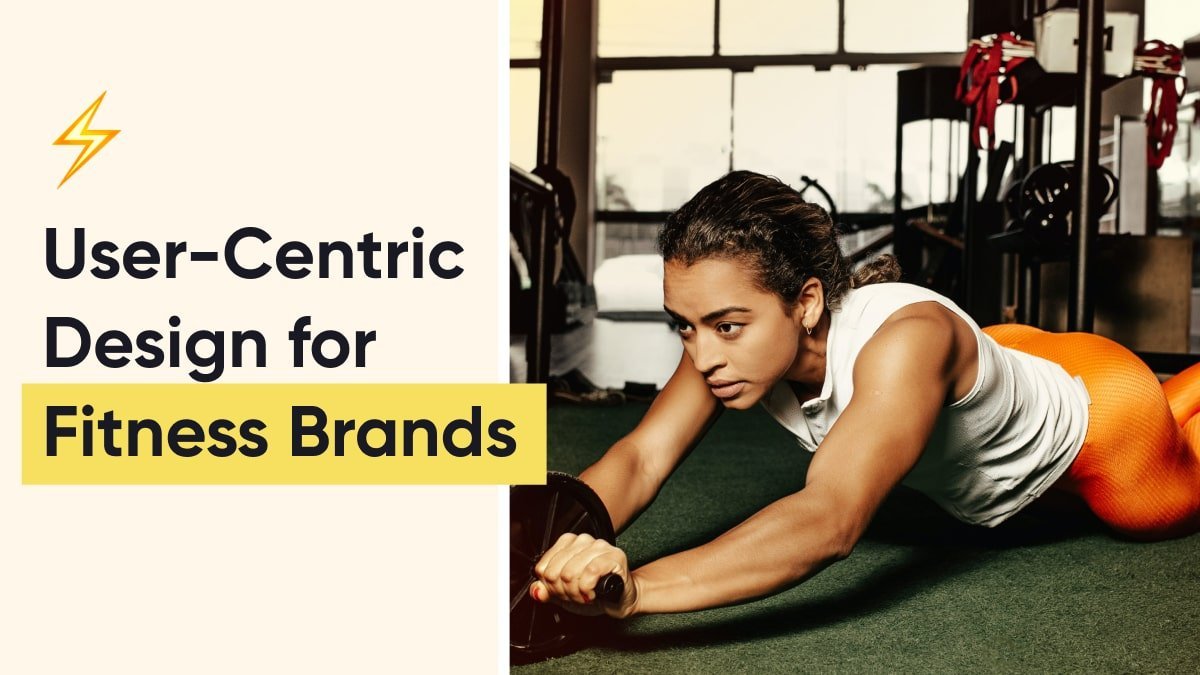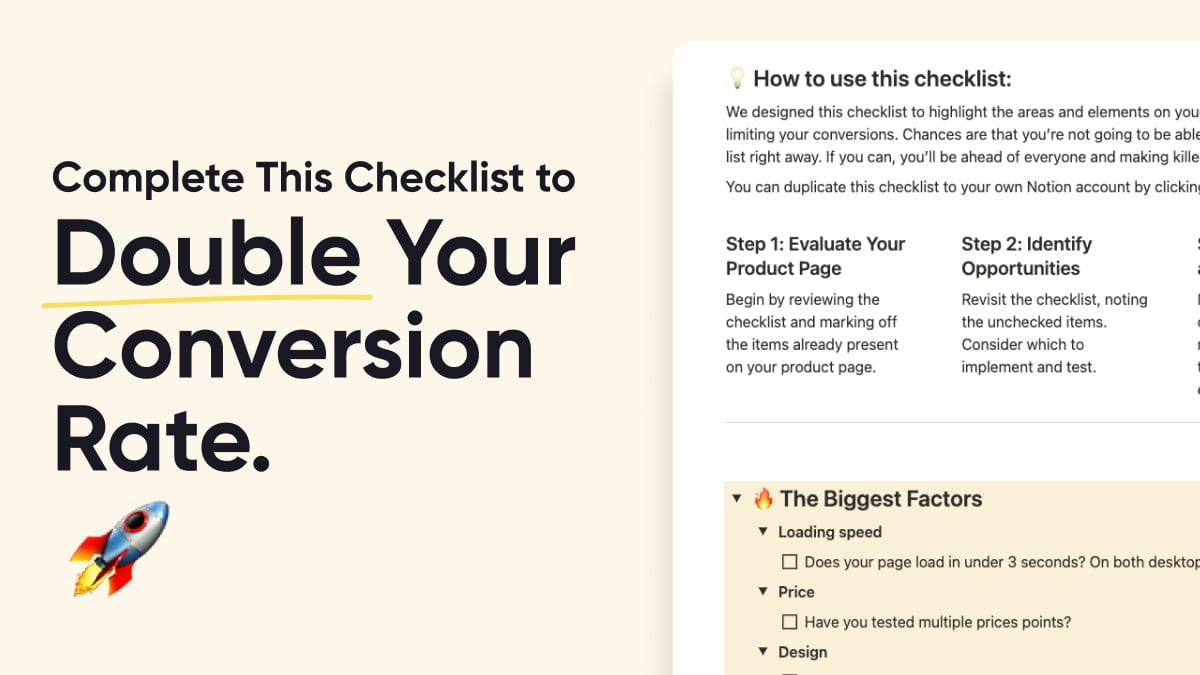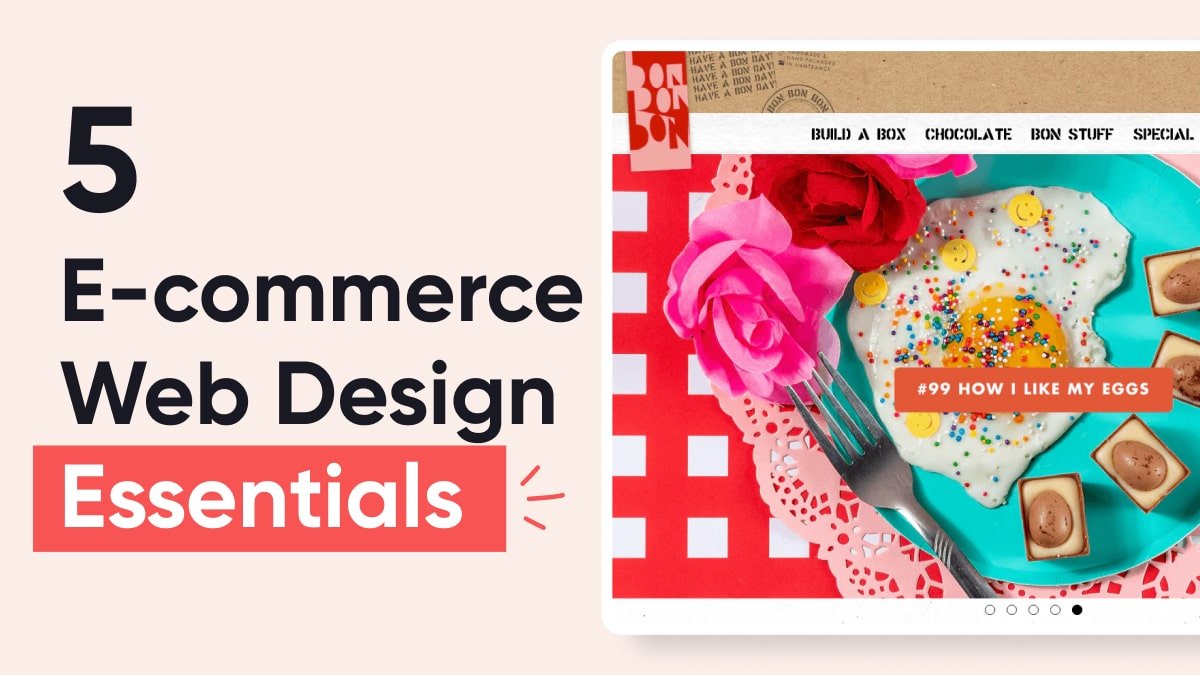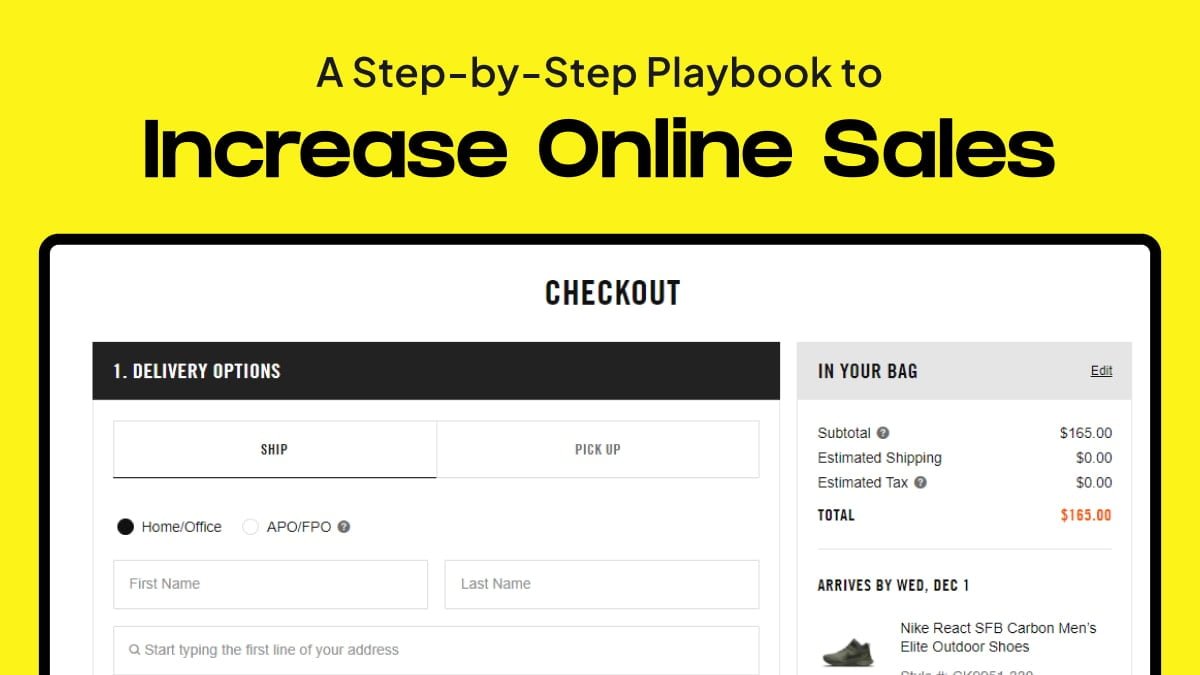In the rapidly evolving digital landscape, user-centric design for fitness brands has become a driving force behind success for fitness e-commerce brands. The shift from traditional brick-and-mortar retail to an online-first approach has made user experience a pivotal factor in building brand loyalty, driving conversions, and achieving lasting results. In this blog post, we’ll explore the profound impact of user-centric design for fitness brands on fitness e-commerce, diving into why it matters, its key elements, benefits, and real-world examples of success.
Understanding User-Centric Design
User-Centric Design Defined
User-centric design, in the context of e-commerce fitness brands, is all about creating digital experiences that prioritize the needs and preferences of online shoppers. It’s a design philosophy that centers on making e-commerce websites and applications intuitive, engaging, and responsive to the user’s goals.
The Principles of User-Focused Design
This approach involves principles such as understanding the online shopper’s journey, defining their needs, ideating and prototyping solutions, and continuously seeking feedback for improvement. User-centric design for fitness brands aims to create e-commerce websites that resonate with the audience, fostering a deep connection between the brand and its customers.
The Role of User Experience in Fitness E-Commerce
For fitness e-commerce brands, user experience is everything. It defines how online shoppers interact with your brand, from exploring products and making purchasing decisions to tracking orders. A positive user experience can lead to customer satisfaction, which, in turn, boosts brand loyalty and advocacy.

Why User-Centric Design Matters for Fitness E-Commerce
Customer Satisfaction Equals Success
In the competitive world of fitness e-commerce, customer satisfaction is the ultimate goal. If your e-commerce website or app makes it effortless for users to explore products, make purchases, and track orders, you’re more likely to keep them engaged and coming back for more. Fitness e-commerce brands that prioritize user-centric design for fitness brands are known for delivering exceptional shopping experiences.
Enhanced Engagement
User-centric design fosters engagement. Features like intuitive navigation, personalized product recommendations, and interactive tools can make your website or app captivating. When online shoppers enjoy their digital interactions, they’re more likely to explore different fitness products, share their experiences, and refer friends to your brand.
Boost in Conversion Rates
For e-commerce, conversion is the ultimate goal. Whether it’s making a purchase, signing up for a newsletter, or engaging with your content, conversions are the lifeblood of your online business. Numerous studies have revealed a direct correlation between user-centric design and higher conversion rates. When online shoppers find the experience seamless, they’re more inclined to take action.
Key Elements of User-Centric E-Commerce Design
Responsive Design for Mobile Shopping
Given the rise of mobile devices, fitness e-commerce brands must adopt responsive design principles. It ensures that e-commerce websites and apps look and function flawlessly on mobile devices, from smartphones to tablets. Online shoppers can seamlessly explore fitness products, make purchases, and track orders on any device. Your website’s performance on mobile devices will have a big impact on your overall conversions.
Accessibility and Inclusivity
User-centric design means that your digital fitness store is accessible to everyone. Prioritize accessibility features, such as alternative text for product images, keyboard navigation, and high-contrast designs. Inclusivity is crucial, making sure that online shoppers of all abilities can engage with your fitness products and services.
Personalization and Customization
User-centric design for fitness brands allows for personalization. Online shoppers can tailor their shopping experiences, adjust product preferences, set fitness goals, and receive recommendations based on their interests. Customization fosters a sense of ownership and encourages online shoppers to commit to their fitness journey.

Benefits of User-Focused Fitness E-Commerce Design
Improved Engagement and Retention
Fitness e-commerce brands with user-centric design tend to have better user engagement and retention rates. When online shoppers find your digital platform engaging and intuitive, they’re more likely to stay and explore the fitness products you offer. They might even become advocates for your brand.
Higher Conversion Rates
A positive user experience often leads to higher conversion rates. Whether it’s making a purchase or signing up for fitness programs, conversion is where your fitness e-commerce brand reaps the rewards of user-centric design.
Brand Loyalty and Advocacy
Online shoppers who have a great experience on your website or app are more likely to develop brand loyalty. They’ll keep coming back for more, perhaps even becoming advocates who refer others to your fitness e-commerce brand.
User Research and Feedback in Fitness E-Commerce Design
Gathering User Insights
User-centric design hinges on understanding your online shoppers. Fitness e-commerce brands should actively gather insights through surveys, user interviews, and analytics. This data helps in making informed design decisions that cater to user preferences.
Iterative Design with User Testing
User testing is integral to the user-centric design process. It involves collecting feedback from real users who interact with your digital fitness store. Their input helps you refine the user experience and make continuous improvements.
Feedback Mechanisms
Incorporate feedback mechanisms into your fitness website or app. Online shoppers should have the opportunity to share their thoughts and suggestions. Listening to your audience and implementing their feedback is a hallmark of user-centric design.
Real-World Success Stories
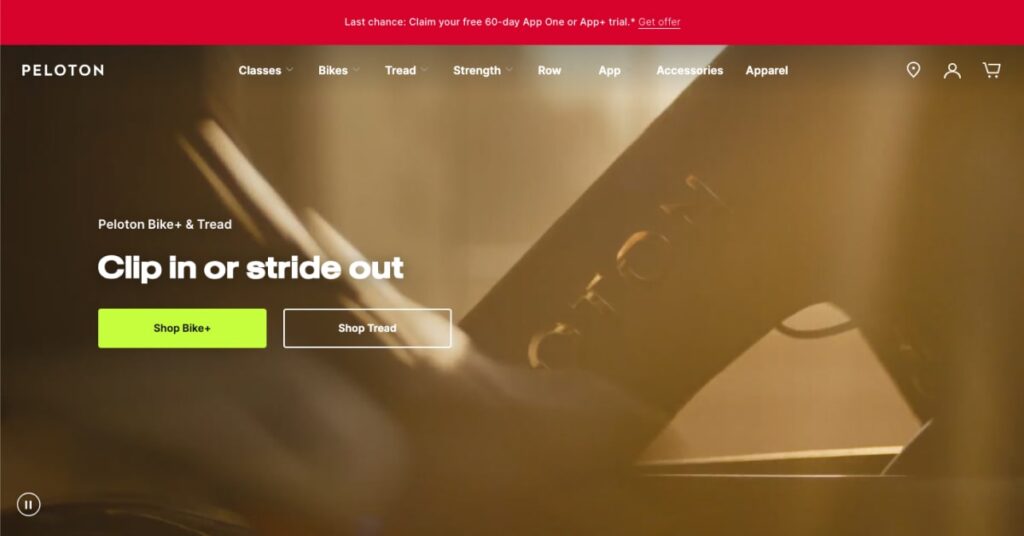
Peloton: A Case of Personalized Fitness
Peloton, a renowned fitness equipment and media company has placed personalization at the heart of its e-commerce design. From tailored workout recommendations to live-streaming fitness classes, Peloton’s user-focused approach has created a loyal community of fitness enthusiasts.
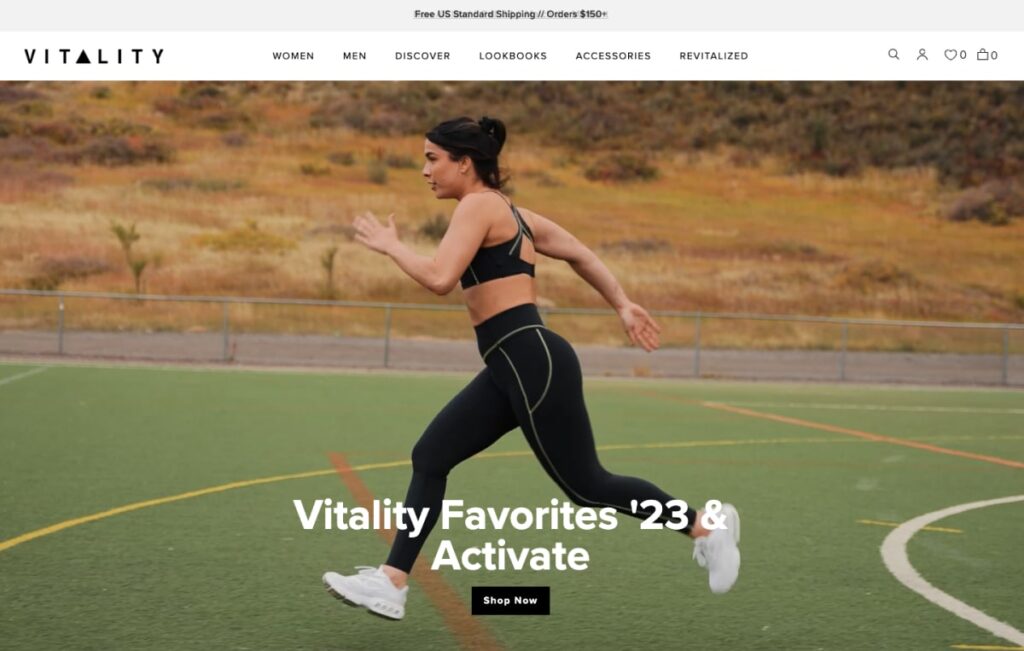
Vitality Sports Co.: A Niche Approach
Vitality Sports Co., a relatively small fitness equipment retailer, has embraced user-centric design to carve a niche for itself in the competitive fitness e-commerce landscape. By focusing on the unique needs and preferences of yoga enthusiasts, they’ve curated an online store that offers personalized yoga gear recommendations and easy-to-follow instructional videos. This user-focused approach has led to a devoted community of yoga lovers who appreciate the tailored experience Vitality Sports Co. provides.

Nike Training Club: A Hub for Fitness Enthusiasts
Nike’s Training Club app offers a user-centric fitness experience with customizable workouts and expert guidance. Users can personalize their fitness journey, explore a wide range of workouts, and set their fitness goals, all within a beautifully designed mobile app.
Wrapping Up
In the world of fitness e-commerce, user-centric design is a game-changer. It elevates the user experience, enhances engagement, boosts conversion rates, and fosters brand loyalty. Fitness e-commerce brands that prioritize user-centric design create digital spaces where online shoppers can explore, engage, and embark on their fitness journey seamlessly.
Make user-centric design the cornerstone of your fitness e-commerce brand. It’s not just about selling products; it’s about creating a fitness experience that resonates with your audience. Join the ranks of successful fitness e-commerce brands that put users at the forefront of their design, and watch your brand flourish.
